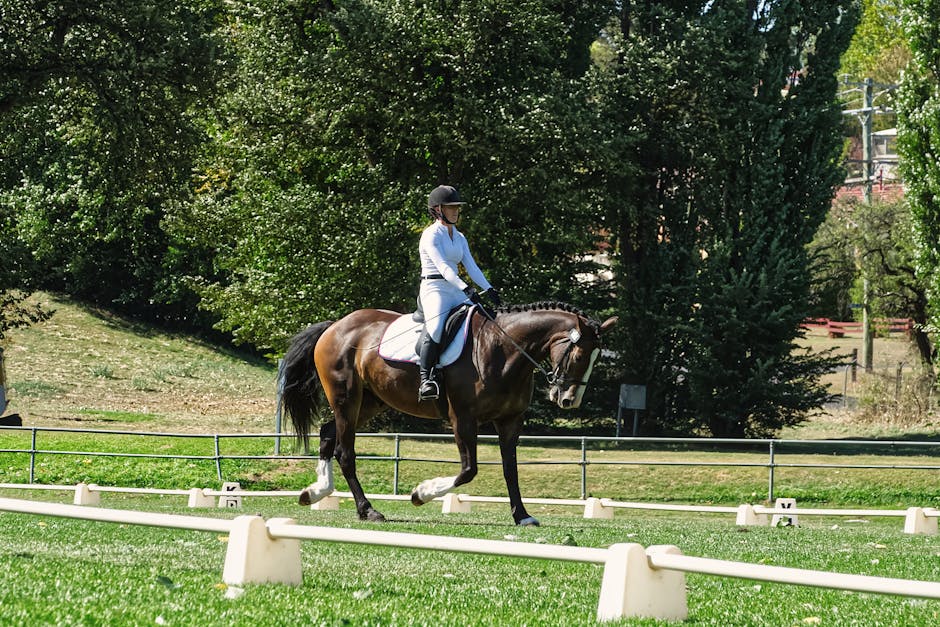Tech-Savvy Paws: Master Augmented Reality for Pet Training Fun
In today's fast-paced world, technology is revolutionizing every facet of our lives, and pet care is undoubtedly no exception. One of the most exciting advancements in this realm is the rise of augmented reality (AR) applications, offering pet parents an engaging and innovative way to enhance their training sessions. Imagine correcting your dog’s behavior with real-time visual cues or gamifying their training experience—this is exactly what AR tools can help you achieve. Whether you’re a seasoned pet owner or a new puppy parent, integrating these tech-savvy solutions into your training strategy can make a world of difference.
The Magic of Augmented Reality in Pet Training

Augmented reality, the interactive technology that overlays digital information onto the real world, is taking the pet care sector by storm. These applications can turn otherwise mundane training sessions into exciting adventures. For instance, think about how an AR app could project a friendly virtual character that encourages your pet to follow commands or rewards them with virtual treats for good behavior. By getting immediate visual feedback, pet owners don’t just coach their furry friends; they actively participate in the learning process, enhancing the bond between them.
Engaging Multi-Sensory Learning Experiences

Pets, especially dogs and cats, are creatures of habit and can often become bored with traditional training methods. This is where gamification—a technique often used in education—comes into play. Augmented reality can create immersive experiences where pets learn through play. Imagine an AR app that incorporates sound cues, interactive games, and playful challenges that keep them engaged and eager to learn. Such multifaceted stimuli can aid in reinforcing positive behaviors, making the training process both enjoyable and effective.
To explore more engaging pet care strategies, check out The Art of Pet Storytelling, where narrative techniques can bridge the gap between you and your pet during training.
Immediate Feedback: The Key to Effective Training

One of the standout features of AR applications is the capability to provide real-time feedback. For example, through your smartphone or tablet, you can visually assess your pet's actions instantaneously. If they successfully execute a command, the app might display a celebratory animation or sound effect, reinforcing their accomplishments. Conversely, if they struggle with a specific behavior like jumping on guests, immediacy in correction helps instill proper etiquette.
Real-time feedback also allows for personalized training. For instance, particular algorithms can analyze your pet's generate performance data over time, helping you customize training strategies to their unique learning pace. This targeted approach—combined with the interactivity of AR—ensures a training experience tailored to your pet’s specific needs.
Tools of the Trade: Featuring Top AR Apps for Pet Training

Several AR tools are making waves in pet training, each offering unique features that can benefit owners and their furry companions alike. Some notable options include:
-
Woofz: This app uses AR to showcase various dog training techniques, providing video guides that overlay on your real environment, making learning visual and easy.
-
Pawtastic: Integrating gamification, Pawtastic tracks your pet’s progress while offering challenges that promote engagement and reward good behavior, turning training into a fun competition.
-
Pet Tracker AR: Through AR technology, this app allows pet owners to visualize their pet's energy levels, play behaviors, and training needs. Instantly modify workouts with tailor-made recommendations based on your pet’s behavior metrics.
Using tools like these not only optimizes your pet's learning process, but it also makes the journey more enjoyable and interactive.
Challenges of AR and Digital Enhancement

While the benefits of AR in pet training are profound, it is essential to approach its usage with caution. One potential pitfall is over-reliance on technology, leading to less face-to-face interaction between a pet and their owner. The essence of training is not just about command-response but establishing a trusted rapport.
Another concern is ensuring the technology is used in a manner that maintains your pet’s well-being. Overexposure to screens can lead to behavioral issues. Hence, using AR applications should complement physical training techniques and not replace them.
In terms of moderation, the innovative Soundtrack of Training explores how different sound environments can enhance traditional training methods, illustrating the intersection of various techniques.
Enhancing Communication Through Augmented Reality

One of the most profound benefits of AR in pet training is the enhanced communication it fosters between owners and their pets. Difficult behavior signals can be visually presented through the AR interface, enabling owners to better interpret and understand their pet’s needs and emotions. For example, AR can help identify when pets are anxious during training and suggest calming techniques in a soothing visual format.
The learning does not stop there; AR applications can also instruct pet owners about the underlying psychology of their pets. As discussed in other resources, approaching training with a deeper understanding of your pet's behavior is vital. To learn how colors can influence your dog’s mood, take a look at The Psychology of Color.
Creating a Fun Environment for Learning
Training doesn’t have to feel like a chore for either you or your pet. By utilizing AR applications, your training sessions can be infused with elements of fun that excites and motivates. Consider setting up ‘AR treasure hunts’ where you guide your pet to find treats or toys that the app has mapped out.
Additionally, social features allow for shared experiences where pets compete with each other in AR challenges. The community aspect can encourage adherence to training as pets learn through both competition and camaraderie.
Moving Forward Don’t Forget the Basics
As we embrace technology to enrich our pet training techniques, it’s important to remember the fundamentals of pet care. Consistency, patience, and understanding are necessary ingredients in any training approach, high-tech or old-fashioned. Ensure that while leveraging tools like AR, you're also establishing routines and providing sufficient social interaction.
As you navigate the exciting world of pet training with technology, also consider how your pet reacts to each method; their comfort and emotional well-being should always be your priority.
Future of Pet Training in a Tech-Driven World
As the tech landscape evolves, the possibilities for pet training seem boundless. The fusion of AR with everyday pet interactions is merely a glimpse into a future where owners can foster better understanding and bonds with their pets. As more innovations enter the market, our training practices can transform into experiences that are as enriching for the owner as they are for the pet.
With the rise of smart collars and additional wearables, you can expect a more comprehensive breakdown of your pet’s activity levels, emotions, and training metrics. This data-driven approach can inform how you tailor training sessions further, ensuring continuous improvements.
Final Thoughts
Augmented reality presents an exciting frontier in pet training, one where immediate feedback and gamification combine to create enhanced learning experiences for our furry friends. As pet owners, the goal is to create a fun, enriching environment that nurtures their spirit, reinforces good behavior, and strengthens our bond. While technology plays an increasing role in our lives, striking the right balance ensures successful training outcomes.
Embrace this innovative method, explore available AR tools, and adapt your training arsenal to meet the unique needs of your pet. Adventure awaits!

